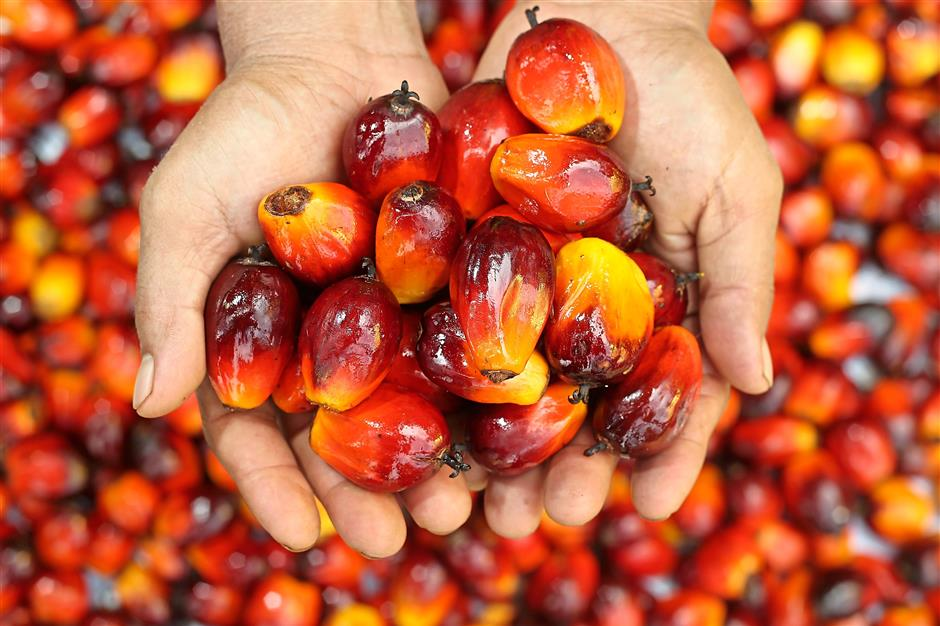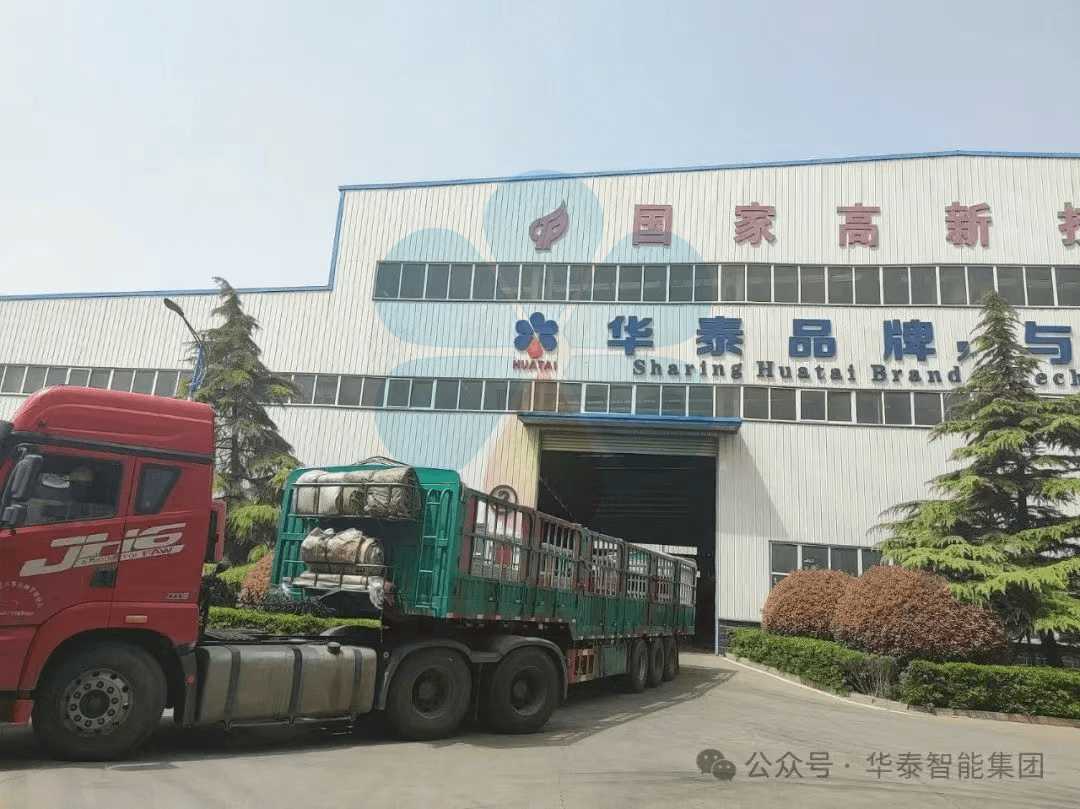Palm oil is produced from the fruit of the oil palm, and the extracted oil is referred to as crude palm oil. The crude oil is typically transported to refineries for subsequent processing to produce edible palm oil. Crude oil primarily consists of neutral oil, also known as triacylglycerols, along with other minor components, including free fatty acids, diacylglycerols, monoacylglycerols, moisture, solid impurities, phospholipids, antioxidants (such as carotenes, tocopherols, and sterols), lipid oxidation products, metal content, and chlorides. These secondary components affect the overall quality of the produced crude palm oil.
Generally, crude palm oil is susceptible to lipid oxidation, which leads to oil instability and a shortened shelf life. During the production process, crude palm oil is exposed to oxygen and oxidizing agents, degrading the oil through an instantaneous free radical chain reaction known as autoxidation. High levels of free fatty acids in crude oil may promote lipid oxidation, leading to the formation of oxidative compounds. These oxidative compounds, in turn, can cause deterioration in the oil's flavor and affect its palatability. Therefore, the level of free fatty acids is a critical parameter for assessing the quality of crude oil.

The formation of free fatty acids in the oil is primarily due to suboptimal harvesting and handling techniques of fresh fruit bunches (FFB). During the transportation of FFBs, palm fruits may suffer damage, resulting in the rupture of oil body membranes and exposing the oil to lipases on the outer surface of adjacent lipid droplets. Lipases catalyze lipids through hydrolysis, breaking them down into partial acylglycerols and free fatty acids.
The presence of impurities also reduces the quality of crude palm oil. For instance, pro-oxidant metals (such as iron and copper) in crude palm oil can promote thermal autoxidation. Similarly, studies have confirmed that the chloride content in crude palm oil is a major precursor of 3-monochloropropane-1,2-diol ester process contaminants. These contaminants are formed during the refining process due to chemical reactions in the deodorization stage. Meanwhile, glycidyl esters (GE), a thermally induced contaminant, are formed during the refining process under high temperatures in the presence of partial acylglycerols. During use, these contaminants may be absorbed by food along with the oil.

Ethylene is one of the most widely used plant hormones in agriculture. In addition to playing a significant role in plant abscission and senescence, its application can promote the ripening of climacteric fruits, regulate fruit color changes, reduce chlorophyll, and increase carotenoids. Oil palm fruits respond to endogenous and exogenous ethylene, as they exhibit climacteric fruit characteristics. Beyond ripening, the enhancement of abscission in agriculture is also of interest. One study suggests that this plant hormone has the potential to induce palm fruit ripening and abscission from the fruit bunch to increase total oil content.
Huatai Oil Machinery provides good quality oil mill plant, time & fast delivery, perfect after-sale services, and reasonable price, contact us!
Website: https://www.huataioilmachine.com/Copyright @ Henan Huatai Cereals And Oils Machinery Co.,Ltd.
Contact us now